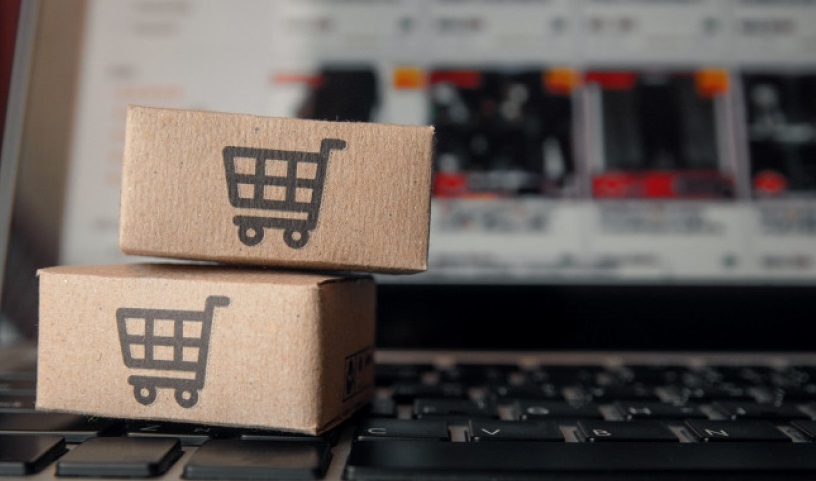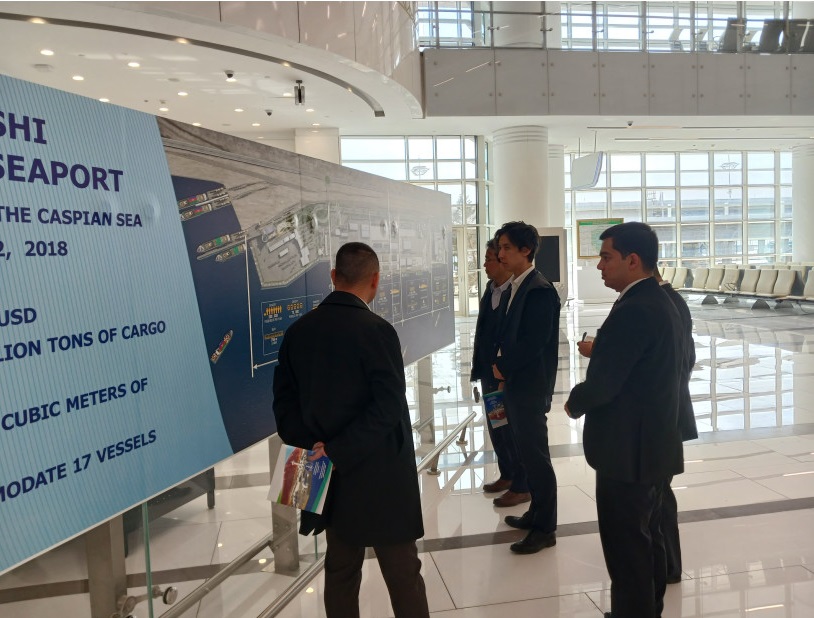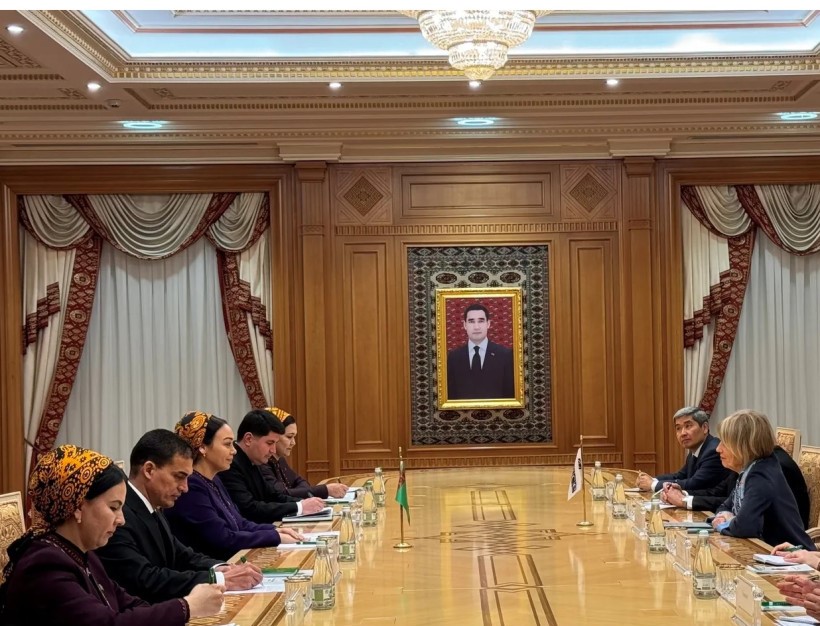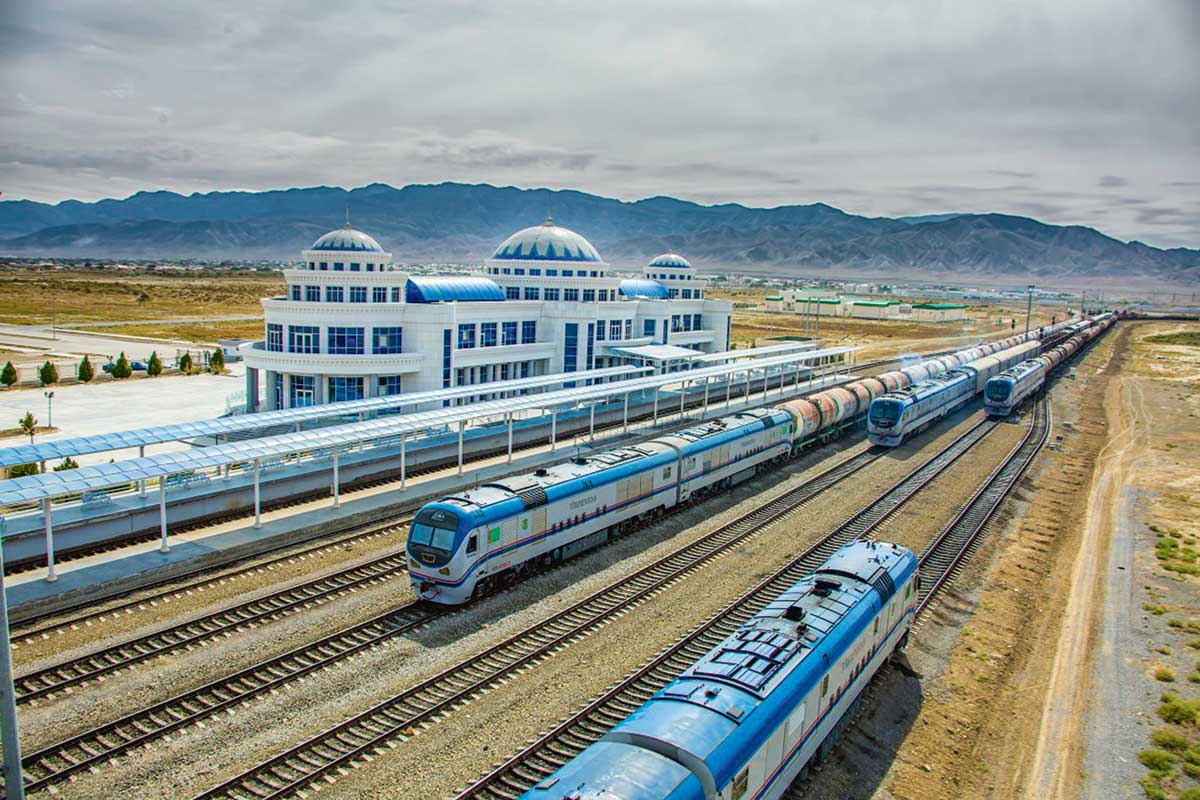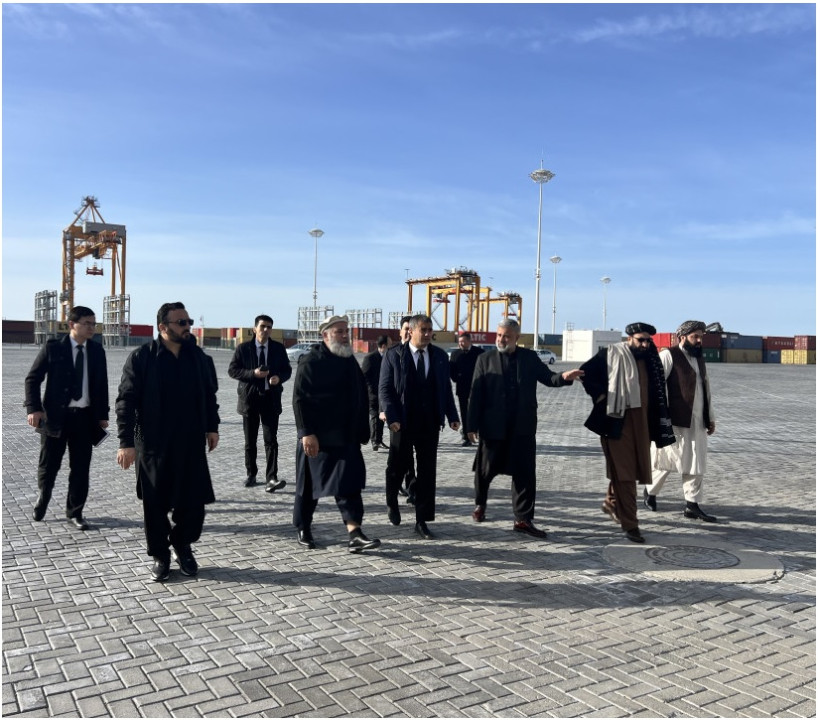
The emergence of the International North-South Transport Corridor (INSTC) and the expansion of the Northern Sea Route means a revolution in cargo transportation in Eurasia, offering an effective alternative to traditional sea routes, including the Suez Canal.
In 2024, the North-South project will receive a new impetus, as announced at the international economic forum "Russia - Islamic World: KazanForum" 2023. Cargo carriers from Eurasian countries are expecting the opportunity to use a new fast route from the Indian Ocean and the Persian Gulf to the Caspian Sea region, as well as to Russian ports on the Baltic and northern seas, via the railway network.
Iran is already completing the construction of the last line connecting the country's railway network through the city of Rasht with the port infrastructure of the Caspian Sea. In parallel, the western and eastern land routes around the Caspian Sea are being developed within the North-South corridor through Azerbaijan, Kazakhstan, and Turkmenistan.
It is predicted that the North-South corridor will ensure fast and uninterrupted transit of goods to Europe and between Russia and the Gulf countries. The upgrade will increase the corridor's capacity by more than 100 million tons of cargo per year, promising significant economic benefits. Container delivery time can be reduced by more than 2 times compared to traditional routes. And the average cost of transportation can be reduced to 30-40%. An increase in cargo flows and strengthening of transit potential for the countries participating in the project are expected.
Russia plans to invest 280 billion rubles in the development of the North-South corridor until 2030. Freight turnover between Russia and the countries of the Caspian region, South and Southeast Asia, and the Persian Gulf is expected to double by next year, and grow to 35 million tons by 2030.
Today, the United Arab Emirates is also showing interest in investing and developing the technological component of the transport corridor, which opens up new prospects for the largest ports in the Persian Gulf and logistics with Russia, as well as the countries of Central Europe and Central Asia.
Let us remind you that the North-South high-speed transport corridor is multimodal, combining sea, rail and road routes. Its total length from the Baltic to the Indian Ocean is 7,200 km. The project has already united a number of countries through which routes of various modes of transport pass.
Source: Orient

